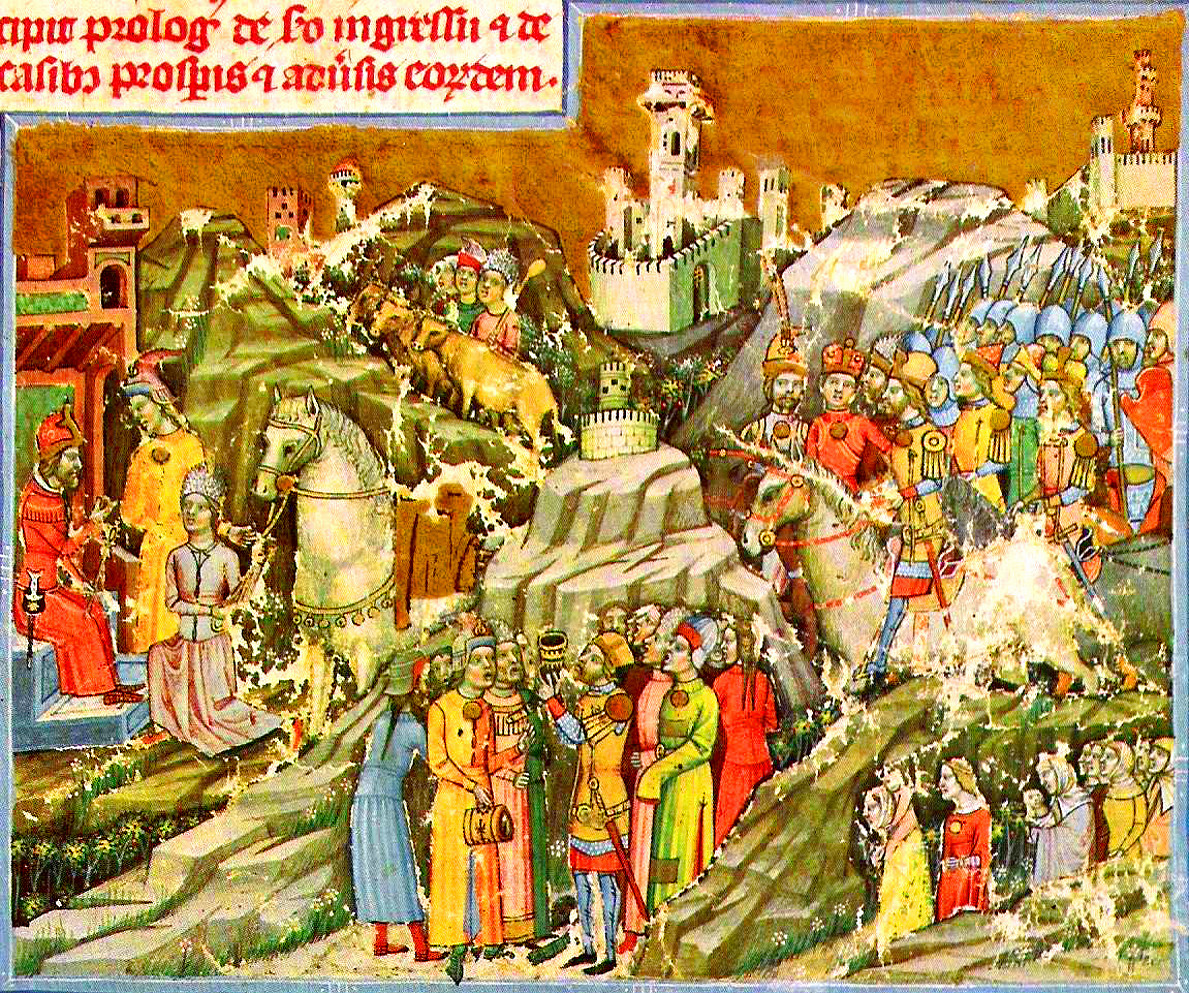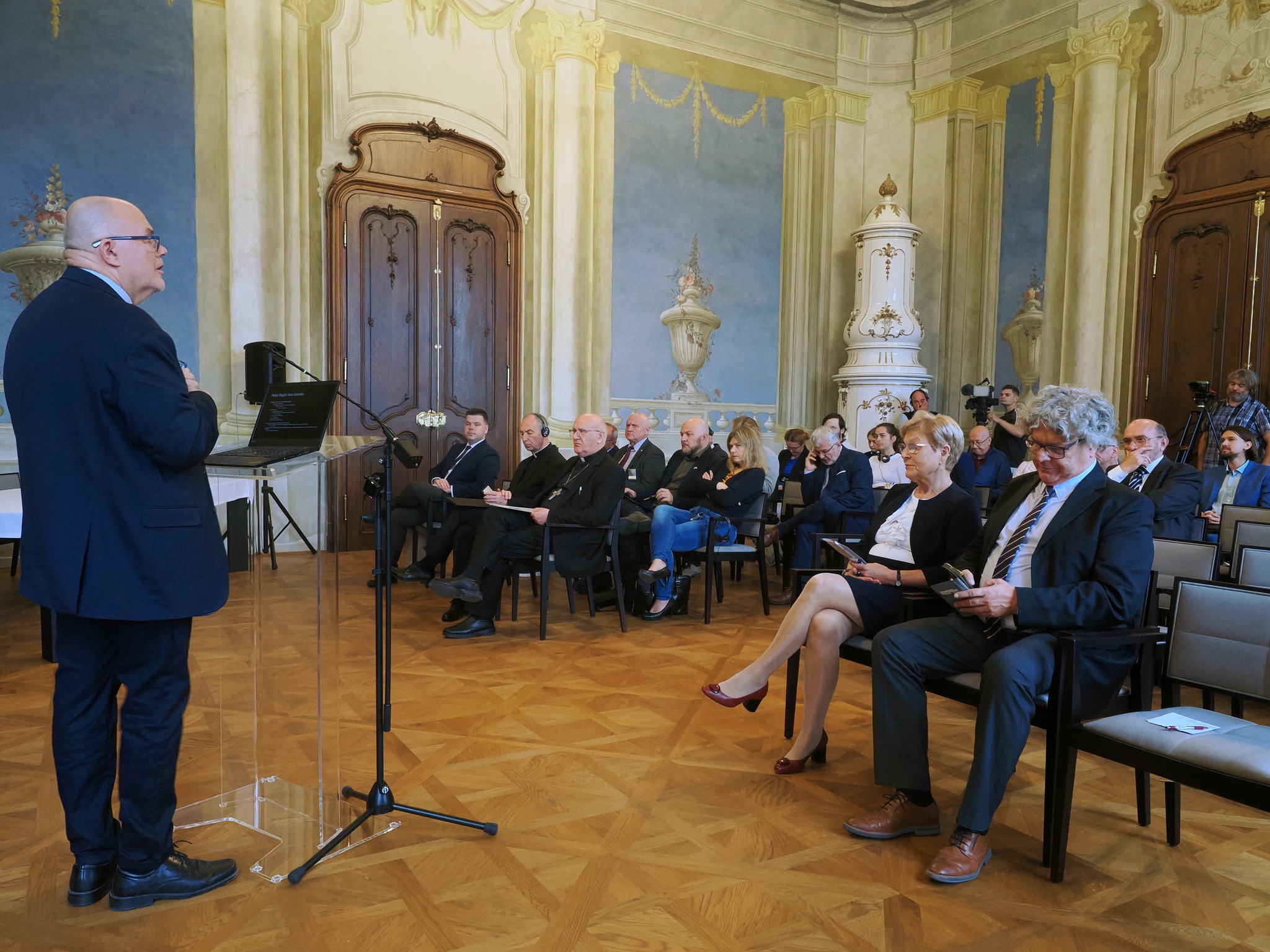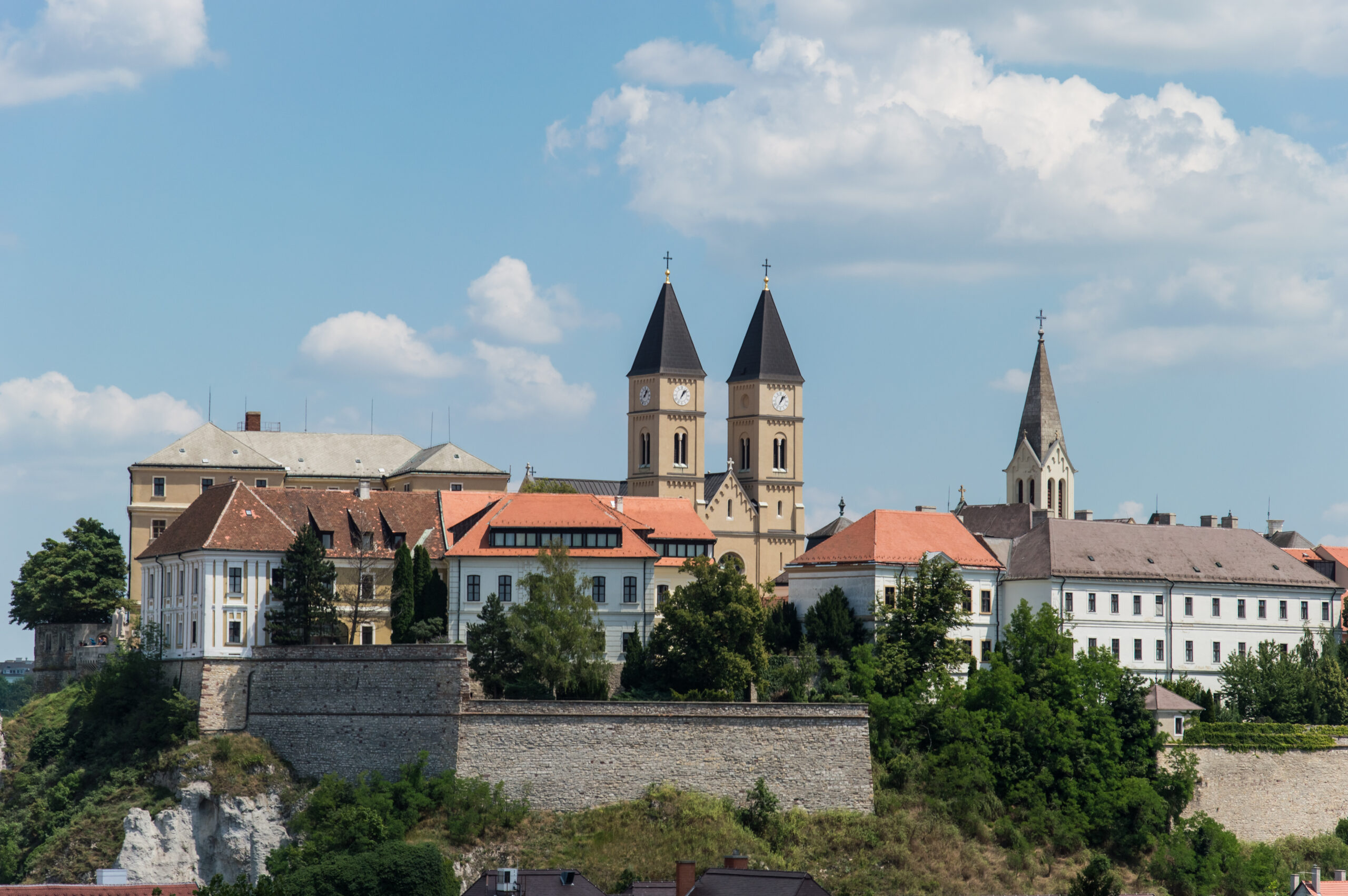Legend of the white horse – Zalavár (Mosapurc)
Fact of the Hungarian figure „Myth of the Hungarian land-taking – Ópusztaszer”
Part of the „The story of the beginning” topic
The chronicle of Anonymus (Master P.) tells us that Prince Árpád and the land-takers asked the princes Salán and Ménmarót for land stretching to the river Sajó, two jugs of water from the Danube, and sacks of grass from the sands of the Alpár. In return, they received 12 white horses, camels, Cuman boys, Russian girls, ermine and sable furs, and a robe decorated with gold. In the Illuminated Chronicle, the Hungarians sent envoys to Svatopluk.
The prince believed them to be peasants, so he invited them to cultivate his land. Árpád sent a large horse – a white horse, according to the Buda Chronicle – with a saddle gilded with gold from Arabia and a gold-plated harness, and in return, he asked for land, grass, and water, which Svatopluk gladly provided. The legend of the white horse, as we know it today, is supposed to be a legal proof of the land-taking, a symbolic purchase of the land from the Moravians.
The gift is based on a story of Alexander the Great and is rooted in the literary tradition of comical land acquisitions. The Persian king Darius also asked for land and water from the Scythians and Macedonians in Herodotus’ narrative, as well as similar events mentioned by Pliny and in the Bible. However, the white horse is a Hungarian motif, the shamans’ sacrificial animal for good spirits, used in pagan treaty-making rites.





